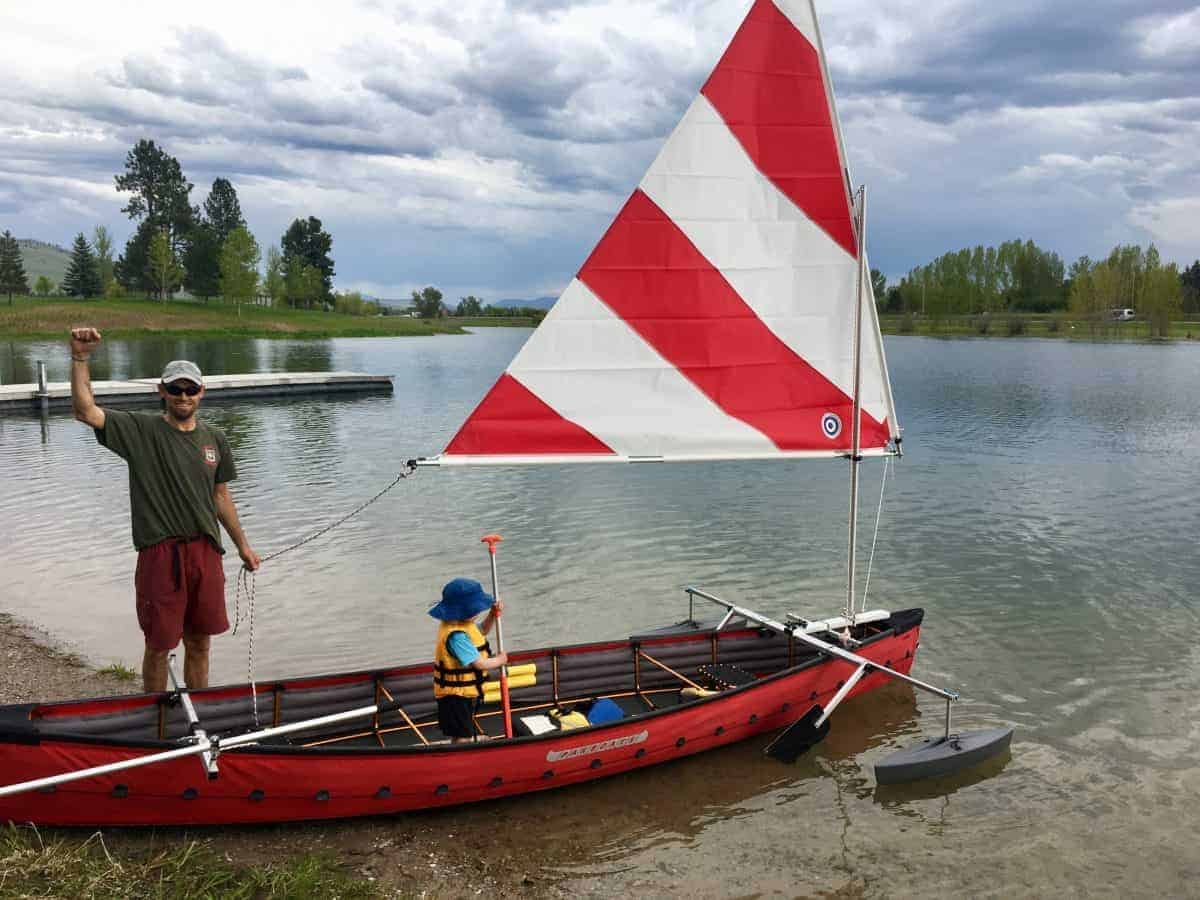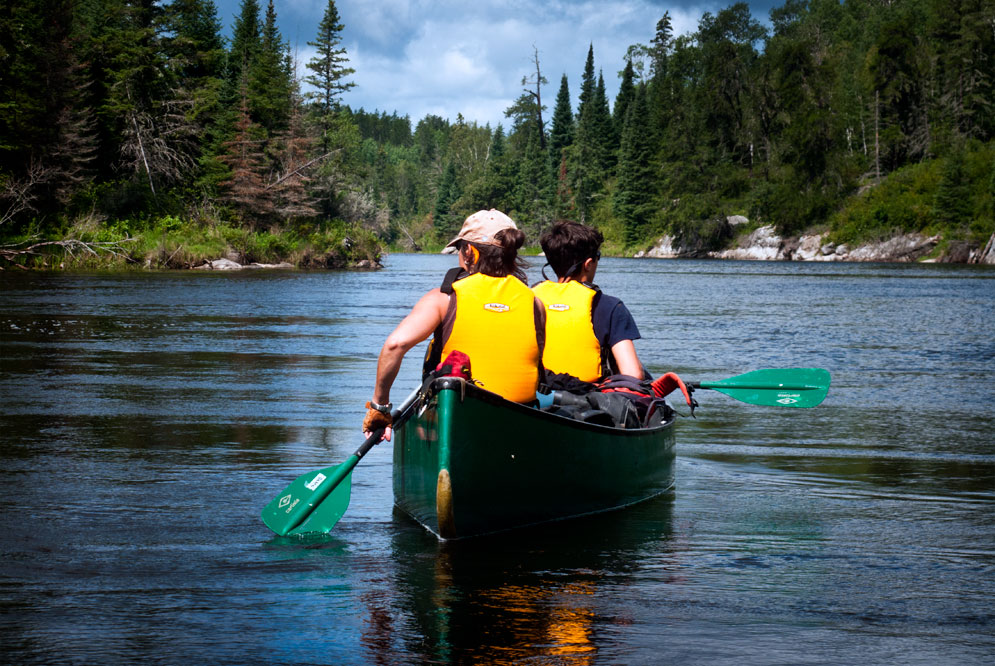I. Definition and History of Canoeing

A. Exploring the Definition of Canoeing
Canoeing is a water activity that involves propelling a canoe through the water using a single-bladed paddle. It can be done on various types of water bodies, including lakes, rivers, and even oceans. Canoeing offers opportunities for recreation, exploration, and adventure.
B. Understanding the Historical Significance of Canoeing
Canoeing has a rich historical significance around the world. Canoes were traditionally used by indigenous peoples for transportation, hunting, and fishing. They played a vital role in the exploration and settlement of different regions, including North America, Africa, and Polynesia.
C. Evolution of Canoeing as a Recreational Activity
Over time, canoeing transitioned from a utilitarian activity to a recreational pursuit. As people began to appreciate the beauty and serenity of the waterways, canoeing became popular for leisure, relaxation, and connecting with nature. Today, canoeing is enjoyed by people of all ages and skill levels as a means of recreation and outdoor adventure.
II. Types of Canoes
A. Traditional Canoes
- Exploring Traditional Canoe Designs and Construction
Traditional canoes vary across cultures and regions. They are typically made from natural materials such as wood, bark, or animal skins. Traditional canoe designs differ in size, shape, and construction techniques.
- Identifying Cultural and Historical Contexts of Traditional Canoes
Traditional canoes hold cultural significance and are often associated with indigenous communities. They reflect a deep connection to the environment and the waterways, embodying centuries-old knowledge and craftsmanship.
B. Recreational Canoes

- Understanding Canoes Designed for Leisure and Relaxation
Recreational canoes are designed for leisurely paddling, fishing, and family outings. They are typically made from materials like fiberglass, aluminum, or polyethylene. Recreational canoes prioritize stability, ease of use, and comfort.
- Identifying Features and Specifications of Recreational Canoes
Recreational canoes often have a wide and stable hull, offering better initial stability. They may feature comfortable seats, storage compartments, and additional amenities for recreational purposes.
III. Canoeing Equipment and Gear
A. Canoe Paddles
- Exploring Different Types of Canoe Paddles
Canoe paddles come in various shapes, sizes, and materials. They can be made from materials such as wood, aluminum, or carbon fiber. Different paddle designs and lengths are suitable for different types of canoeing and personal preferences.
- Factors to Consider When Choosing a Canoe Paddle
When choosing a canoe paddle, factors to consider include the type of canoeing, paddler’s height, paddling style, and desired level of performance. Proper paddle length, blade shape, and shaft design are essential for comfortable and efficient paddling.
B. Personal Floatation Devices (PFDs)

- Understanding the Importance of PFDs in Canoeing
Wearing a personal floatation device (PFD) is crucial for safety in canoeing. PFDs provide buoyancy and help keep paddlers afloat in case of an accidental capsize or emergency. They are designed to fit comfortably and meet specific safety standards.
- Identifying Different Types of PFDs for Canoeing
There are various types of PFDs available for canoeing, including inherently buoyant, inflatable, and hybrid designs. Each type has its own advantages depending on the paddler’s needs, comfort preferences, and the intended water conditions.
IV. Canoeing Techniques and Skills
A. Basic Canoeing Strokes
- Exploring Essential Strokes, such as J-Stroke and Draw Stroke
Essential canoeing strokes include the forward stroke, backward stroke, J-stroke, and draw stroke. The forward stroke is used for propulsion, while the J-stroke and draw stroke are used for steering and maintaining a straight course.
- Practicing Proper Technique for Efficient Paddling
Proper technique in canoeing involves using the torso and core muscles to generate power, maintaining a relaxed grip on the paddle, and utilizing a smooth and efficient paddling motion. Proper body positioning and paddle placement also contribute to efficient paddling.
B. Canoeing Maneuvers
- Understanding Techniques for Turning and Steering a Canoe
Canoeing maneuvers include techniques for turning and steering the canoe. These techniques include the sweep stroke, cross-bow draw, pry stroke, and rudder stroke, which are used to control the direction and maneuverability of the canoe.
- Identifying Advanced Maneuvers, such as Side Slips and Quick Turns
Advanced canoeing maneuvers involve more precise control and agility. These maneuvers include side slips, quick turns, and eddy turns, which require a combination of different paddle strokes and body movements.
V. Canoeing Safety and Etiquette
A. Safety Considerations in Canoeing
- Exploring Safety Equipment and Precautions
Safety equipment for canoeing includes PFDs, signaling devices (whistle or horn), throw ropes, and other rescue aids. Paddlers should also be aware of potential hazards, such as changing water conditions, weather, and navigation rules.
- Understanding River Flow and Weather Conditions
Paddlers should familiarize themselves with river flow conditions, such as water levels and current speed, and be aware of weather forecasts before embarking on a canoeing trip. Understanding these conditions helps ensure safety and enjoyable paddling experiences.
B. Canoeing Etiquette and Environmental Responsibility
- Respecting Other Water Users and Wildlife
Canoeists should respect the rights of other water users, such as boaters, fishermen, and swimmers, by practicing courteous behavior and following navigation rules. They should also respect wildlife and avoid disturbing natural habitats.
- Practicing Leave No Trace Principles in Canoeing
Canoeists should adhere to Leave No Trace principles by minimizing their impact on the environment. This includes packing out trash, avoiding excessive noise, camping responsibly, and refraining from damaging vegetation or wildlife habitats.
VI. Canoeing Adventures and Recreation
A. Exploring Canoeing Opportunities in Different Water Environments
- Canoeing in Lakes and Reservoirs
Canoeing in lakes and reservoirs offers opportunities for leisurely paddling, fishing, and exploring calm and scenic waters. It provides access to remote areas and allows for wildlife observation and photography.
- Canoeing in Rivers and Whitewater
Canoeing in rivers and whitewater environments provides an exhilarating and challenging experience. It requires advanced paddling skills, knowledge of river dynamics, and the ability to navigate rapids and obstacles safely.
B. Canoe Camping and Expedition
- Identifying Canoeing as a Means for Overnight Trips
Canoe camping and expedition involve combining canoeing with camping, allowing paddlers to access remote areas and spend nights along the water. It offers opportunities for multi-day trips, self-sufficiency, and an immersive wilderness experience.
- Essential Gear and Planning for Canoe Camping
Canoe campers must plan and pack essential gear for their trips, including camping equipment, food, water, navigation tools, and safety gear. They should also familiarize themselves with camping regulations and obtain any necessary permits.
Canoeing is a versatile and enjoyable paddlesport that offers a wide range of experiences, from leisurely lake paddling to adventurous whitewater expeditions. With proper equipment, technique, safety measures, and environmental responsibility, canoeing enthusiasts can immerse themselves in the natural beauty of waterways while enjoying physical activity and recreational opportunities. Canoeing provides connections to history, culture, and nature, making it a beloved activity for people of all ages and skill levels.
